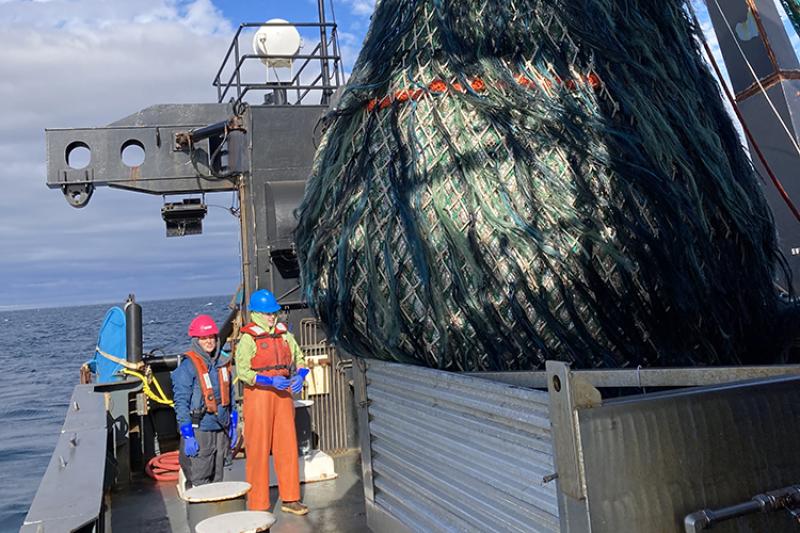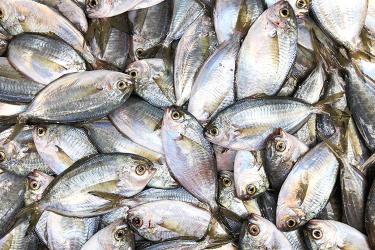The Northeast Bottom Trawl survey, which takes place along the East Coast in the spring and fall, turned 60 years old last fall 2023. The time series produced by this survey provides decades of standardized data on fisheries and ocean conditions in the Atlantic used to inform scientists and managers. The Northeast Bottom Trawl survey combines seafaring science with hands-on lab work and sophisticated technology—all squeezed into the NOAA vessel, the Henry B. Bigelow, which is named for a 20th-century oceanographer.
We'll hear from Phil Politis, a supervisory fishery biologist and the Bottom Trawl Survey program lead at the Northeast Fisheries Science Center, about different aspects of the survey—from catching and processing to recording data. These steps have all been fine-tuned to maximize their efficiency while at sea, and to preserve their time series. Phil also shares some of the species that the processors sorting through these catches encounter—including squid, skates, flatfish, flounder, and lobsters.
Listen in as we hear about how the survey is conducted, what life is like aboard the vessel, and why the long-running survey is so valuable.



